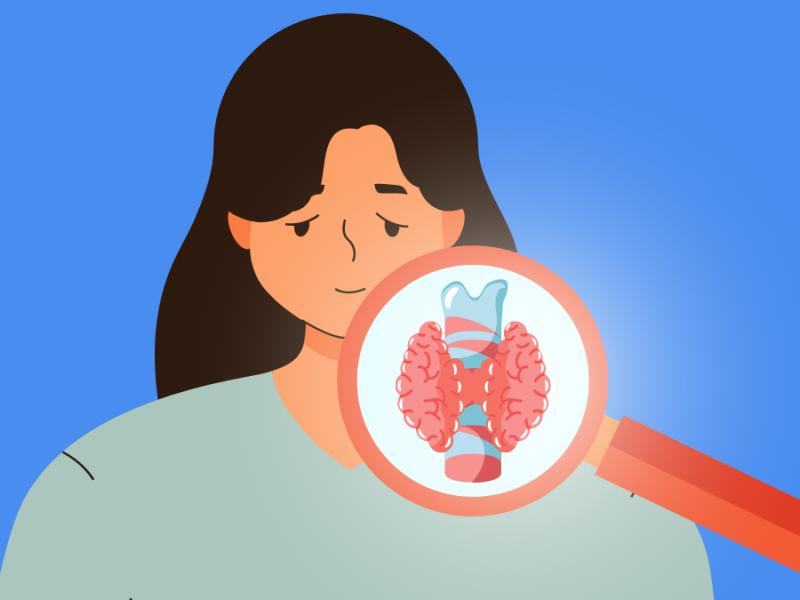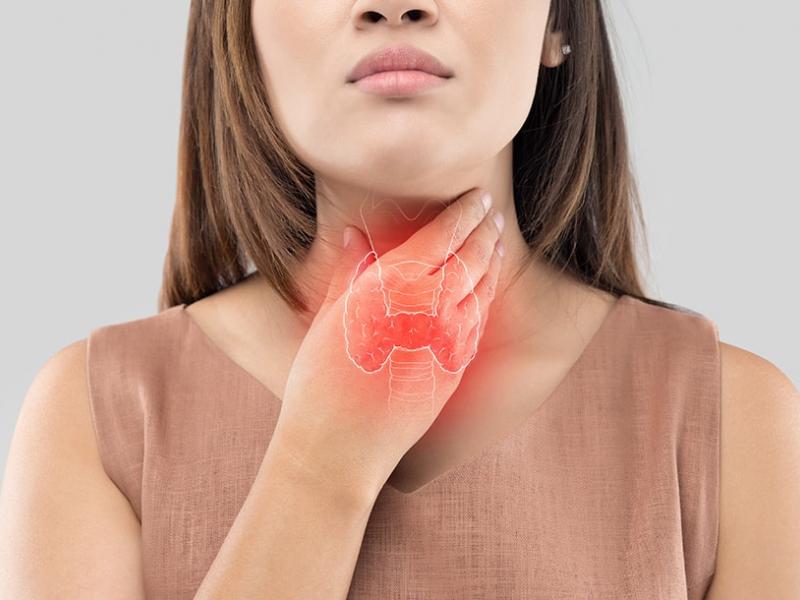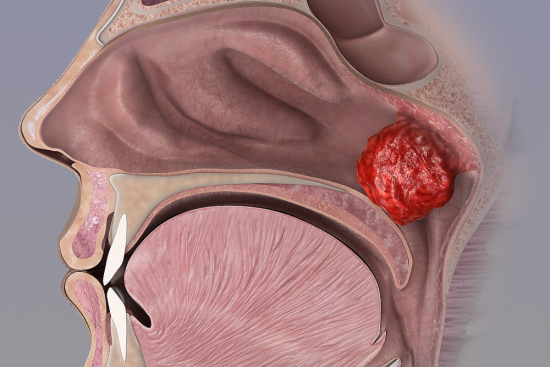What is nasal polyposis?
Nasal polyps are benign, soft, gelatinous growths that develop in the lining of the nose or sinuses. They originate in the maxillary, frontal, and ethmoidal sinuses and migrate from there to the upper nasal cavity.
Small nasal polyps cause no discomfort and can often be ignored. However, when they grow larger, they can cause nasal congestion and breathing difficulties. In this case, they need to be treated surgically.
Nasal polyps are more common in adults, with a male predominance, especially in those who suffer from allergies and sinusitis. In children, the presence of nasal polyps may be a sign of cystic fibrosis.
Symptoms of nasal polyposis
In addition to nasal congestion and difficulty breathing, symptoms of nasal polyposis may include:
- Nasal discharge (rhinorrhea)
- Complete loss of sense of smell (anosmia)
- Loss or decrease in sense of taste (hypogeusia)
- Headache and/or toothache
- Facial pain or tenderness
- watering eyes
- Feeling of pressure on forehead and face
If the situation worsens, or if massive nasal polyps are present that cause changes in the structure of the nasal pyramid, asthma attacks, and obstructive sleep apnea may occur.
Nasal polyps: What causes them?
The causes of nasal polyps are not fully understood. However, it is a chronic inflammation of the nasal mucosa that leads to an increase in volume and externalization of the nasal cavity. The causes may be:
- Infectious (fungus or bacteria)
- Allergies
- The result of diseases such as asthma or cystic fibrosis.
The use of certain medications and smog may also be associated with the appearance of nasal polyposis.
Diagnosis of nasal polyps
The first step in diagnosing nasal polyps is to see an otolaryngologist. The doctor will take a detailed medical history to assess genetic predisposition to the condition and identify any associated conditions.
In addition, the following tests may be useful for diagnosis:
- Skin allergy testing (prick testing)
- Blood tests
- Respiratory, nasal, and olfactory function tests
- Radiologic (CT or MRI) and endoscopic studies
In rare cases of nasal polyps in children, cystic fibrosis testing should be considered.
Treatment and care
Small nasal polyps are usually treated with corticosteroids administered as a nasal spray or tablet over a quarterly treatment period. In cases of associated bacterial infection, antibiotics may also be prescribed.
However, it is important to consider pre-existing medical conditions such as diabetes and hypertension, which may be exacerbated by corticoids.
Larger polyps are removed surgically. Two surgical techniques are used:
- Polypectomy, which uses an instrument that cuts and aspirates the polyp at the same time. This technique is performed on an outpatient basis under local anesthesia.
- Endoscopic sinus surgery: In this case, the polyp is removed in the hospital under general anesthesia using an endoscope that provides a magnified image of the internal structures of the nose (nasal cavities).
Cortisone sprays are likely to be prescribed after the operation to prevent or delay recurrence, i.e. the formation of further polyps.









